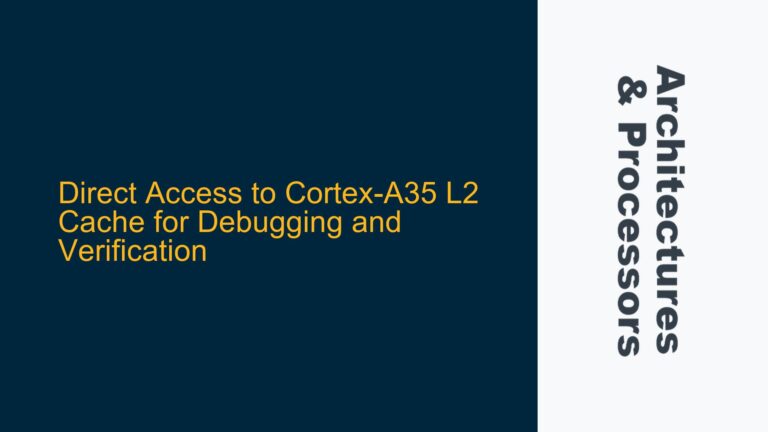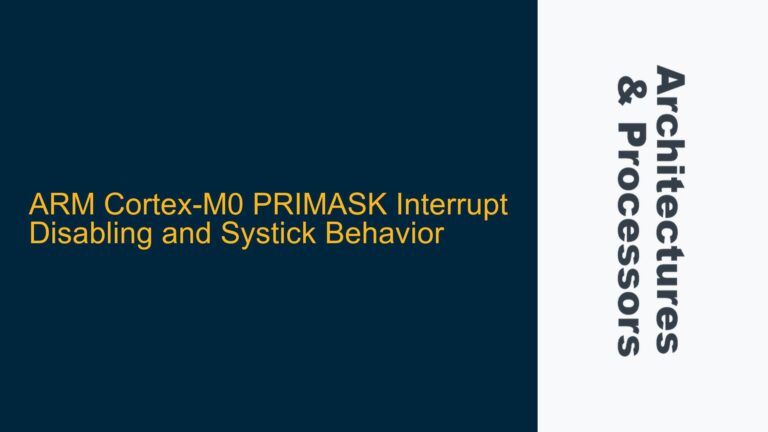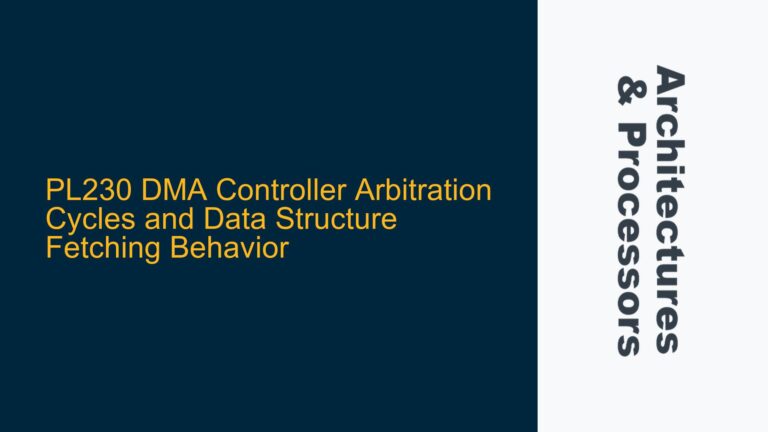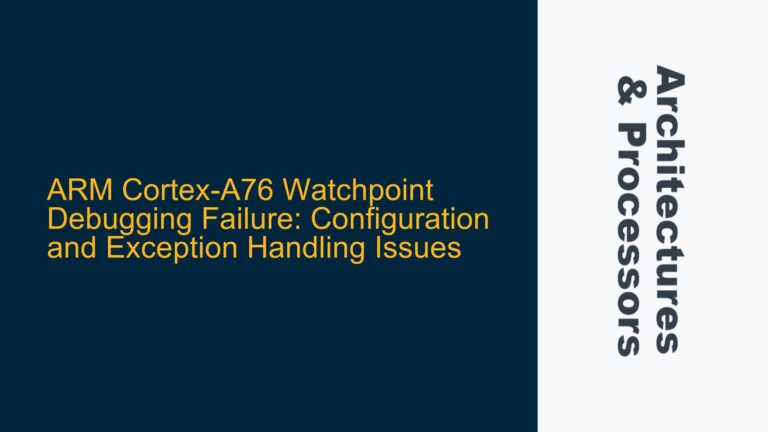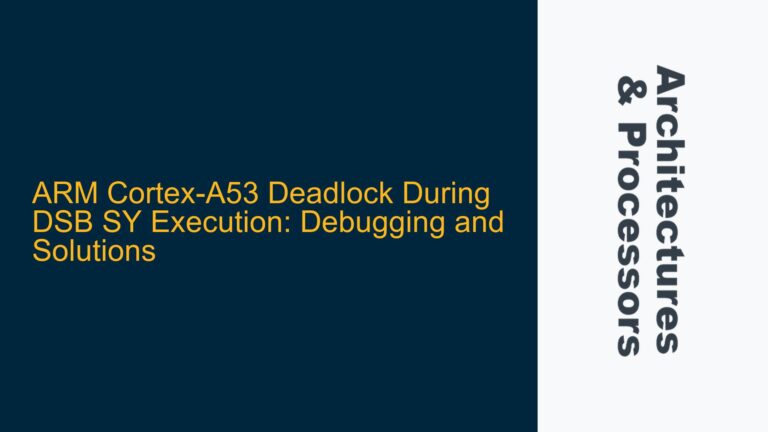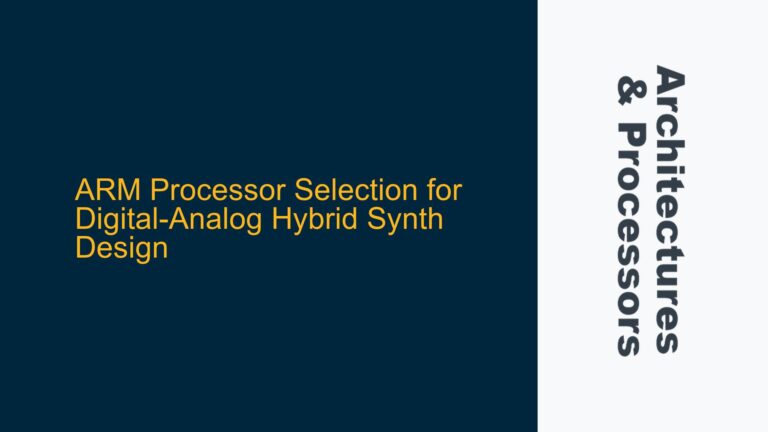FVP MPS2 UART Base Address Identification and Documentation Gaps
The FVP MPS2 platform is a versatile simulation environment used for developing and testing software for ARM-based systems. One of the critical components of this platform is the UART (Universal Asynchronous Receiver/Transmitter), which is essential for serial communication. However, developers often face challenges when trying to locate the detailed memory map and register definitions for the UART peripheral on the FVP MPS2 platform. The primary issue revolves around the lack of comprehensive documentation that describes the UART registers beyond the base address.
The base address for the UART peripheral is typically provided in the platform’s reference guide, but this information alone is insufficient for developers who need to interact with the UART at a low level. The UART peripheral has multiple registers, each serving a specific function such as data transmission, reception, status checking, and control. Without detailed documentation, developers are left to infer the register layout and functionality, which can lead to errors and inefficiencies in the code.
The absence of detailed register descriptions can be particularly problematic when developers are working with custom firmware or need to optimize their code for specific use cases. For instance, understanding the exact bit fields in the control register is crucial for configuring the UART’s baud rate, parity, and stop bits. Similarly, the status register provides important information about the UART’s current state, such as whether data is available for reading or if the transmit buffer is empty. Without this information, developers may resort to trial and error, which is time-consuming and error-prone.
In summary, the core issue is the lack of detailed documentation for the UART peripheral on the FVP MPS2 platform, specifically the absence of register definitions and descriptions. This gap in documentation can hinder development efforts, especially for those who need to interact with the UART at a low level.
Incomplete Documentation and Missing Register Descriptions
The primary cause of the issue is the incomplete documentation provided for the FVP MPS2 platform. While the reference guide does provide the base address for the UART peripheral, it fails to include detailed descriptions of the individual registers. This omission makes it difficult for developers to understand how to properly configure and interact with the UART.
The UART peripheral typically consists of several registers, each with a specific function. These registers include the data register (for transmitting and receiving data), the control register (for configuring the UART’s behavior), the status register (for checking the UART’s current state), and possibly others depending on the specific implementation. Without detailed descriptions of these registers, developers are left to guess the purpose and layout of each register, which can lead to incorrect configurations and potential system failures.
Another contributing factor is the reliance on header files or source code from third-party repositories, such as the one mentioned in the discussion. While these resources can provide some insight into the register definitions, they are not a substitute for official documentation. Third-party code may contain errors or may not be up-to-date with the latest version of the platform. Additionally, relying on external sources can introduce inconsistencies, especially if different developers use different sources for their register definitions.
The lack of detailed documentation can also be attributed to the complexity of the FVP MPS2 platform itself. The platform is designed to simulate a wide range of ARM-based systems, each with its own set of peripherals and memory maps. Providing comprehensive documentation for every peripheral on every simulated system is a daunting task, and it is possible that the UART peripheral on the FVP MPS2 platform was overlooked or deemed less critical compared to other components.
In conclusion, the main cause of the issue is the incomplete documentation provided for the FVP MPS2 platform, specifically the lack of detailed register descriptions for the UART peripheral. This gap in documentation forces developers to rely on external sources, which may not be reliable or consistent.
Leveraging Header Files and Reference Guides for UART Register Definitions
To address the issue of missing UART register definitions on the FVP MPS2 platform, developers can take several steps to obtain the necessary information and ensure proper configuration of the UART peripheral.
The first step is to consult the official reference guide for the FVP MPS2 platform. While the guide may not provide detailed descriptions of the UART registers, it does include the base address for the UART peripheral. This base address is essential for accessing the UART registers, as it serves as the starting point for calculating the addresses of individual registers. Developers should carefully note the base address and use it as a reference when working with the UART.
Next, developers should explore the header files provided by ARM or other trusted sources. In the discussion, a header file from the ARM-software/psa-arch-tests repository on GitHub was mentioned. This header file, uart_cmsdk.h, contains definitions for the UART registers, including their offsets from the base address and the bit fields within each register. By including this header file in their project, developers can access the UART registers using symbolic names rather than hard-coded addresses, which improves code readability and reduces the risk of errors.
When using third-party header files, it is important to verify their accuracy and compatibility with the specific version of the FVP MPS2 platform being used. Developers should cross-reference the register definitions in the header file with any available documentation or consult the repository’s maintainers if there are any discrepancies. Additionally, developers should ensure that the header file is up-to-date and has been tested with the FVP MPS2 platform.
Once the register definitions are available, developers can proceed to configure and interact with the UART peripheral. This typically involves writing to the control register to set the desired baud rate, parity, and stop bits, and reading from the status register to check the UART’s current state. Developers should also implement error handling to deal with potential issues such as data overflows or transmission errors.
In cases where the official documentation and header files are insufficient, developers may need to reverse-engineer the UART register layout by experimenting with different configurations and observing the results. This approach should be used as a last resort, as it is time-consuming and may not yield accurate results. However, it can provide valuable insights into the UART’s behavior and help developers work around the limitations of the available documentation.
Finally, developers should consider reaching out to the ARM community or support forums for assistance. Other developers may have encountered similar issues and can provide guidance or share their own solutions. Additionally, ARM’s support team may be able to provide additional documentation or clarify any ambiguities in the existing resources.
In summary, the key to resolving the issue of missing UART register definitions on the FVP MPS2 platform lies in leveraging available resources such as the official reference guide and third-party header files. By carefully verifying the accuracy of these resources and implementing proper error handling, developers can successfully configure and interact with the UART peripheral, even in the absence of comprehensive documentation.
This post provides a detailed analysis of the issues surrounding the FVP MPS2 UART memory map and register definitions, along with practical steps for troubleshooting and resolving these issues. By following the outlined steps, developers can overcome the challenges posed by incomplete documentation and ensure reliable operation of the UART peripheral on the FVP MPS2 platform.

